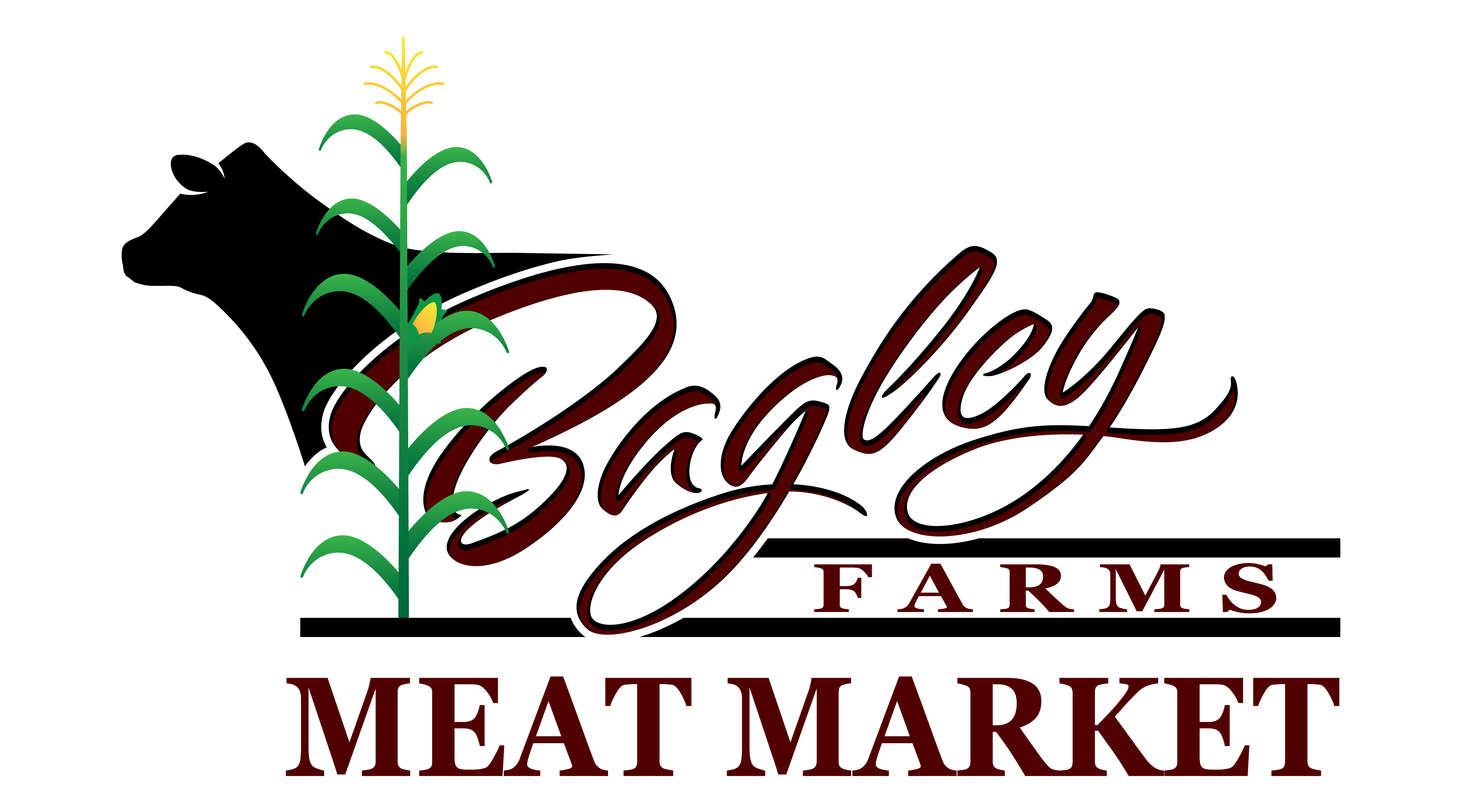Top-rated meats available at Bagley Meat Market Edwardsville IL for your next meal.
Top-rated meats available at Bagley Meat Market Edwardsville IL for your next meal.
Blog Article
Exactly How to Select the Perfect Cut of Meat From a Trusted Meat Market
Selecting the perfect cut of meat from a trusted meat market requires a thoughtful approach that stabilizes top quality, cooking objective, and spending plan. Comprehending the different kinds of meat and their respective cuts is necessary, as is engaging with your butcher to gain understandings into sourcing and prep work.
Recognizing Meat Cuts


For example, the tenderloin is valued for its buttery appearance and marginal connective cells, making it optimal for quick food preparation methods such as grilling or pan-searing. In comparison, harder cuts like the brisket or shank gain from slow-moving cooking techniques to damage down collagen, producing rich and delicious outcomes.
Additionally, the fat web content of a cut plays a critical role in taste account and wetness retention throughout cooking. Cuts with higher fat content, such as ribeye, offer a more robust taste, while leaner alternatives, like sirloin, may need mindful preparation to stay clear of dryness (bagley meat market edwardsville il). Recognizing these nuances enables notified options that raise culinary creations, guaranteeing that each meal showcases the ideal top qualities of the picked meat
Variables to Think About
When choosing the excellent cut of meat, numerous crucial aspects enter play that can considerably influence the last dish. First and primary, consider the sort of meat you want-- beef, pork, lamb, or chicken-- as each offers one-of-a-kind tastes and structures. The details cut within that category is just as important; for example, ribeye supplies abundant marbling, while tenderloin provides a lean, buttery structure.
Another variable is the cooking technique you intend to use. Cuts appropriate for barbecuing, such as T-bones or sirloins, vary from those far better fit for slow food preparation, like chuck roasts or shanks. Furthermore, quality is paramount; always select meat with a vivid shade and firm structure, signaling quality and proper handling.
Additionally, take into consideration the resource of the meat. A trusted meat market commonly supplies locally sourced, hormone-free, and grass-fed alternatives, which can improve taste and dietary worth. Last but not least, your budget will guide your selection. Premium cuts may supply remarkable taste, but there are also cost-efficient alternatives that, when prepared properly, can yield scrumptious outcomes. Stabilizing these elements will certainly aid you pick the excellent cut for your cooking demands.
Concerns to Ask Your Butcher
A butcher's competence can be vital when picking the ideal cut of meat for your cooking endeavors. Start by making inquiries concerning the source of the meat.
Following, ask about the different cuts offered for the kind of meat you favor. An experienced butcher will describe the nuances of each cut, aiding you select one that matches your food preparation approach and wanted outcome. Do not hesitate to ask about the best food preparation strategies for a specific cut; butchers usually have ideas that can enhance your meal.
It's additionally prudent to inquire about the meat's freshness. Ask about the distribution timetable and exactly how frequently the moved here meat is replenished. This will certainly offer you confidence in the top quality of what you are purchasing. Ask for recommendations based on your individual preference preferences. A good butcher will certainly aspire to share their expertise and suggest cuts that will read the full info here delight your taste. Involving your butcher with these questions can significantly boost your meat option experience.
Acknowledging Quality Meat

Texture is an additional important variable; top quality meat should feel strong and a little springy to the touch. Avoid any type of cuts that really feel slimed or excessively dry, as these can suggest putridity or improper storage space. Furthermore, smell plays a vital duty; fresh meat must have a clean, neutral fragrance, while any kind of repulsive or sour smells are warnings.
Lastly, consider the resource. Acquiring from a trusted meat market, where the meat's origin is known, can guarantee higher quality requirements. By concentrating on these signs-- shade, marbling, structure, scent, and source-- you can with confidence choose cuts that will elevate your food preparation and dining experience.
Food Preparation Methods for every Cut
Picking the best food preparation method is critical for making best use of the taste and inflammation of each cut of meat. Various cuts possess one-of-a-kind attributes additional resources that determine one of the most ideal food preparation methods.
For tender cuts, such as filet mignon or ribeye, completely dry heat techniques like barbecuing, broiling, or pan-searing are excellent. Conversely, tougher cuts, such as chuck or brisket, benefit from damp warmth approaches, including braising or slow cooking.
Pork chops and poultry breasts are flexible and can be prepared utilizing both completely dry and wet approaches. While grilling or roasting can yield delicious results, poaching or sautéing can maintain moisture and tenderness. For lamb, techniques like roasting or braising are suggested, as they match the meat's robust flavor.

Final Thought
To conclude, picking the optimal cut of meat from a credible meat market necessitates a thorough understanding of meat cuts and factor to consider of various aspects, including resource, quality, and food preparation methods. Involving with the butcher via targeted queries can generate important understandings and suggestions customized to particular cooking needs. Focusing on both top quality and budget plan will certainly enhance the general gastronomic experience, ensuring that the selected cut fulfills expectations in both flavor and prep work.
Report this page